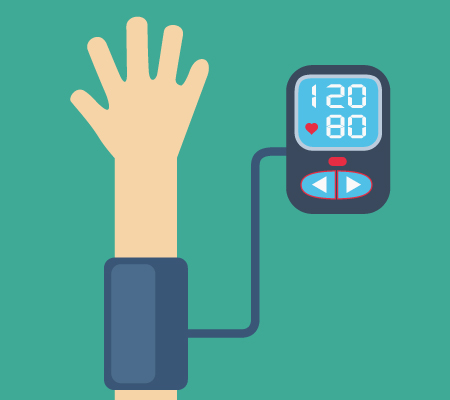
Smart phones and other digital devices can help monitor your heart rhythm and pulse.
Smart phones and other digital devices can help monitor your heart rhythm and pulse, but Dr. Shereif Rezkalla, a Marshfield Clinic Health System cardiologist, warns patients to be careful when interpreting this data.
“These devices can capture that data, but patients should still talk to providers about what that data means,” Rezkalla said.
Prescribed heart monitoring equipment
For patients with more serious heart rhythm issues, your provider may send you home with equipment that monitors your heart and can relay that data back to your care team.
“With that equipment, we receive tracings of the patient’s heart rhythm,” Rezkalla said. “Patients also can use the equipment to indicate symptoms they’re having.”
This equipment has to be ordered by your provider.
Patients wear this heart monitoring equipment around the clock. Some monitors are prescribed for 48 hours and others may be prescribed for a month. You can remove the equipment for things like showering, but the more frequently it is worn, the more information your care team has.
Certain heart activity will trigger alerts so staff knows to review the data and possibly check on the patient.
Monitoring your heart without prescribed equipment
You can monitor your heart rate and blood pressure without a prescription. Routine monitoring doesn’t need to be done unless you are instructed to do so by your provider, have a family history of heart disease or are on certain medications that could cause heart disruptions.
If you’re interested in monitoring your blood pressure, you can buy monitors commercially. To monitor your heart rate, simply take your pulse via your wrist or neck. Some blood pressure monitors also will check heart rate.
Prep for checking
If you’re monitoring blood pressure and heart rate, Rezkalla said you should check them once a day, at the same time each day. You should not have exercised or consumed caffeine or nicotine for at least 30 minutes prior to taking your pulse or blood pressure. Rezkalla also said you should sit upright with feet flat on the floor and arms at chest level, like resting on a table, for 5-10 minutes before checking pulse or blood pressure.
Rezkalla said blood pressure cuffs used on the upper arm are more accurate than those that go on your wrist or finger.
“If you feel like you received an inaccurate reading, wait a minute or two and check it again,” Rezkalla said. “You should also write down your results. There’s no sense in taking measurements unless you’re going to keep a log.”
If you’re concerned about your heart health, talk with your provider.

